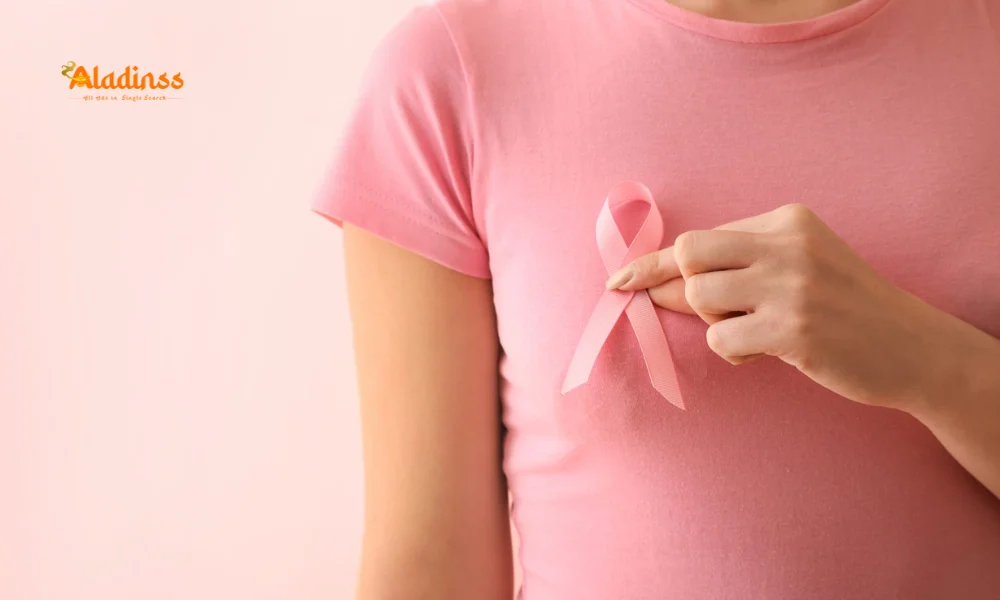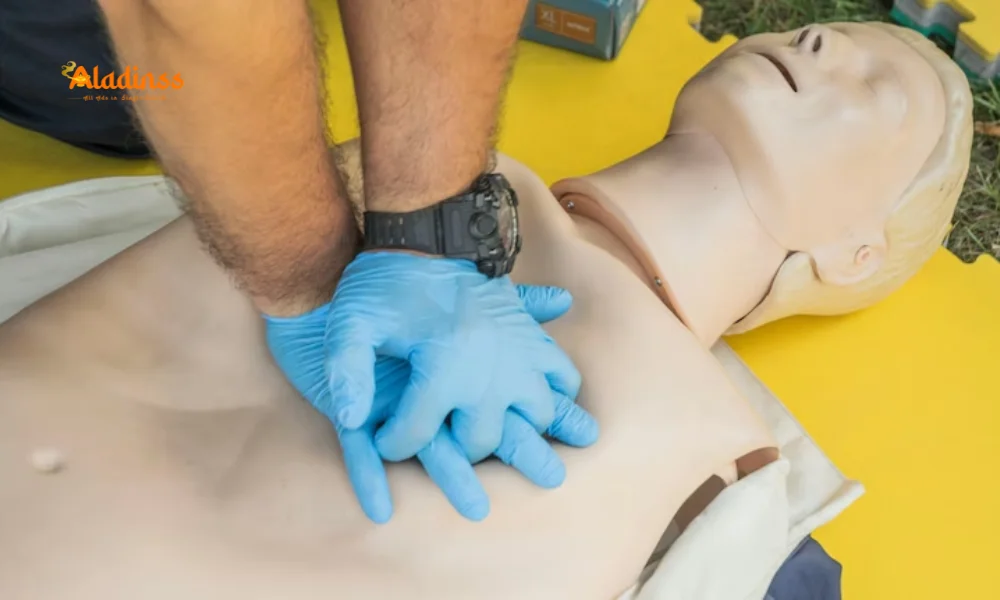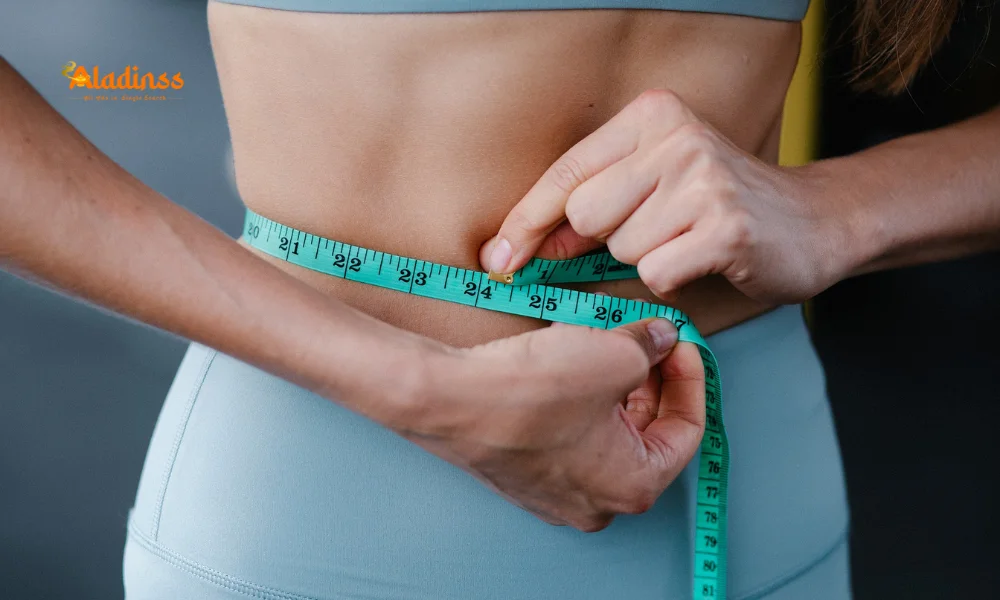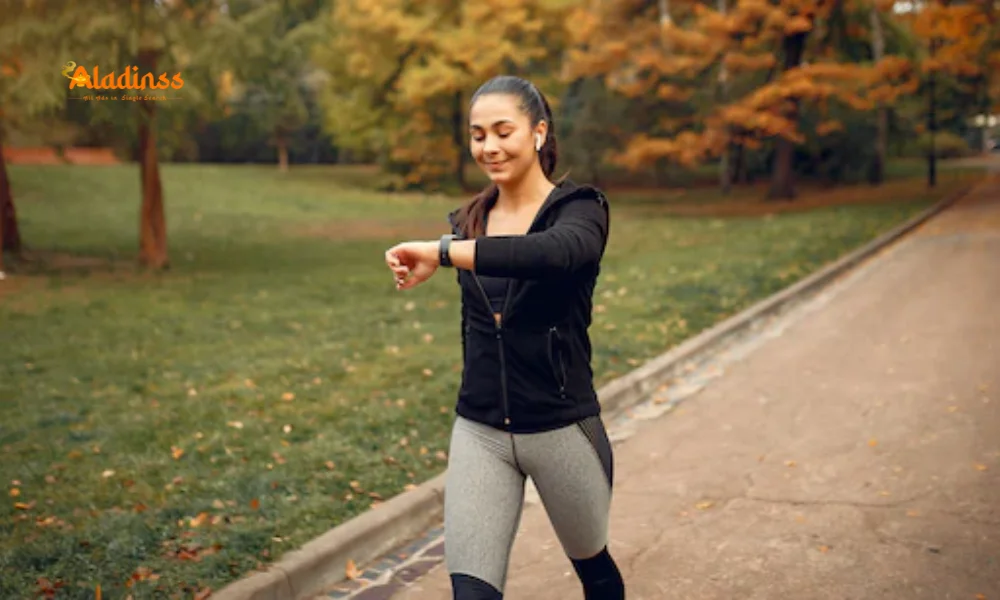Relieve Back Pain with Bhujangasana Yoga Poses Daily
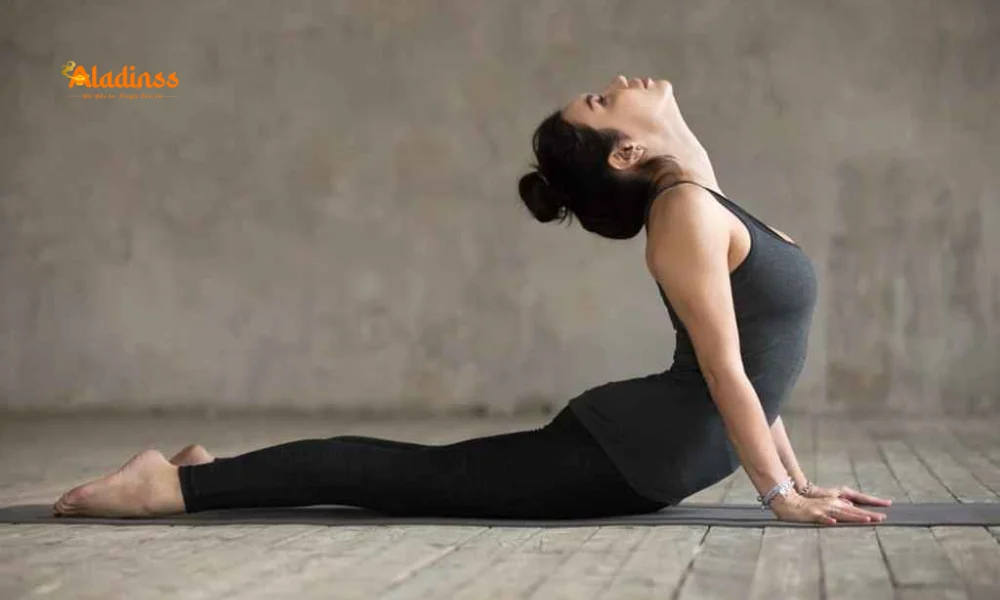
Relieve Back Pain with Bhujangasana Yoga Poses Daily
Back pain can be a debilitating condition, preventing you from enjoying daily activities or even getting out of bed. While painkillers offer temporary relief, they often come with side effects and don’t address the root cause. Yoga, particularly Bhujangasana (Cobra Pose) and its variations, provides a natural, effective solution to alleviate back pain and improve spine health. These gentle yet powerful poses strengthen the back, enhance flexibility, and promote overall well-being. Below, we explore five variations of Bhujangasana that can help you say goodbye to back pain when practiced daily.
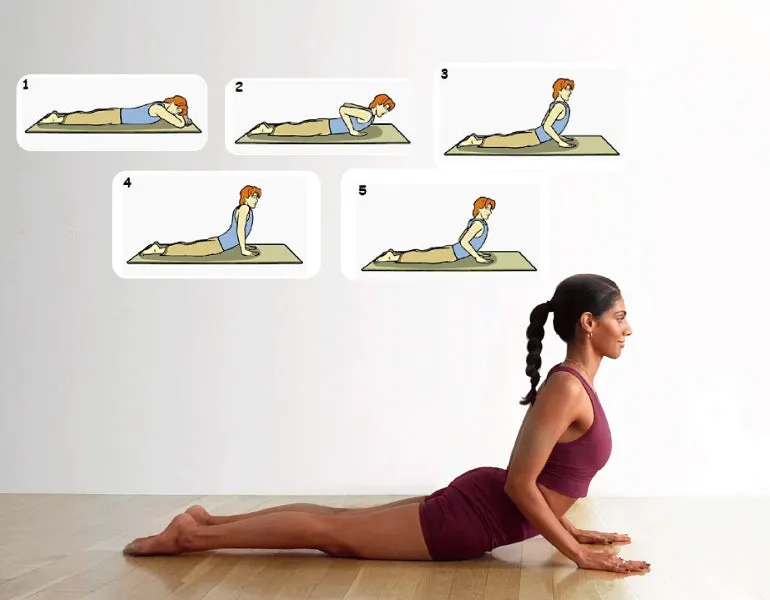
Preparing for Bhujangasana
Before practicing Bhujangasana, it’s essential to warm up your body to prevent strain and maximize benefits. Start with gentle arm and leg movements to loosen your joints and muscles. Sit in the Padmasana (Lotus Pose) position, inhale deeply, and twist your upper body to the right, placing your left hand on your right knee and your right hand behind your back. Return to the starting position, repeat on the left side, and maintain steady breathing. This warm-up prepares your spine and core for the Cobra Pose variations.
Bhujangasana (Classic Cobra Pose)
The classic Bhujangasana is a beginner-friendly pose that strengthens the lower back and improves spinal flexibility. To perform it, lie face down on the floor with your legs extended and your palms placed under your shoulders. Inhale deeply, slowly lift your chest upward, and straighten your arms partially or fully, depending on your comfort. Keep your gaze forward or slightly upward and hold the pose for 20-25 seconds while breathing normally. Gently lower back to the starting position. Repeat 5-6 times daily for optimal back pain relief.
Bhujangasana Variation 2
This variation intensifies the stretch in the lower back and core. Start in the classic Cobra Pose with your palms under your shoulders. Spread your legs to hip-width apart, lift your chest upward, and press your abdominal muscles into the floor. Slightly bend your arms backward to deepen the stretch. Hold for 20-25 seconds, keeping your head forward or slightly up, and breathe deeply. Return to the starting position and repeat 5-6 times. This variation strengthens the back muscles and alleviates lower back pain.
Niralamba Bhujangasana
Niralamba Bhujangasana, or Unsupported Cobra Pose, engages the core and back without relying on arm support. Lie face down with your arms by your sides, palms facing up, and feet hip-width apart. Inhale deeply, lift your chest and head off the floor, keeping your arms straight and parallel to the ground. Hold the pose for 20-25 seconds, breathing normally, then gently lower back down. Repeat 5-6 times. This variation is excellent for strengthening the spine and relieving chronic back pain.
Paschimo Bhujangasana
Paschimo Bhujangasana adds a gentle stretch to the upper back and shoulders. Begin in the classic Cobra Pose, then clasp your hands behind your back in the ‘Namaskara’ mudra (prayer position). Lift your chest and look upward as far as comfortable, breathing normally. Hold for 20-25 seconds and repeat 5-6 times. This variation improves posture, reduces upper back pain, and enhances spinal mobility, making it ideal for those with desk jobs or sedentary lifestyles.
Triyaka Bhujangasana
Triyaka Bhujangasana incorporates a twisting motion to target the sides of the spine. Start in Cobra Pose with your palms under your shoulders and legs spread as wide as possible. Keeping your arms straight, twist your upper body to the right, turning your head to look over your right shoulder while keeping your chest lifted. Hold for 20 seconds, then repeat on the left side. Ensure your hips remain on the floor. Repeat 5-6 times per side. This variation relieves tension in the back and improves spinal flexibility.
Benefits of Bhujangasana for Back Pain
Bhujangasana and its variations offer numerous benefits for back pain relief and overall health:
- Strengthens the Spine: These poses target the back muscles, improving strength and reducing pain caused by weak musculature.
- Improves Flexibility: Regular practice enhances spinal mobility, reducing stiffness and discomfort.
- Corrects Posture: Bhujangasana helps align the spine, counteracting the effects of slouching or prolonged sitting.
- Relieves Stress: The gentle stretching and deep breathing promote relaxation, which can alleviate tension-related back pain.
Precautions and Tips
While Bhujangasana is generally safe, take these precautions to avoid injury:
- Avoid Overstraining: Lift your chest only as far as comfortable, and avoid forcing your back into a deep arch.
- Consult a Doctor: If you have chronic back pain, herniated discs, or other medical conditions, consult a healthcare professional before practicing.
- Practice Consistently: Perform these poses daily for best results, ideally in the morning or evening on an empty stomach.
Conclusion
Back pain doesn’t have to control your life. By incorporating Bhujangasana and its variations into your daily routine, you can naturally relieve discomfort, strengthen your spine, and improve flexibility. These five poses-Classic Bhujangasana, Variation 2, Niralamba, Paschimo, and Triyaka-offer targeted relief for lower and upper back pain while promoting better posture and overall well-being. Practice with care, warm up properly, and consult a doctor if you have underlying conditions. With consistent effort, these yoga poses can help you move freely and live pain-free.
Disclaimer: This article is for informational purposes only and does not constitute medical advice. Consult a healthcare professional before starting any yoga practice for back pain.
Comment / Reply From
No comments yet. Be the first to comment!
